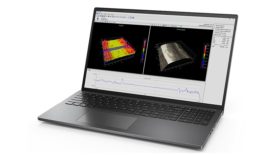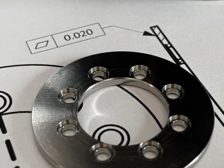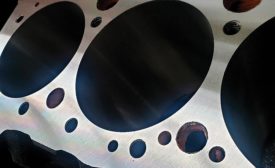Articles by Mike Zecchino
Software
Remote oversight supports processes that cannot by nature be closed loop controlled.
Read More
GD&T’s New Rule and What it means for Measurement
Here we will explore the implications of rule "S" and the limits/requirements of today's metrology as it is applied to these GD&T requirements.
May 6, 2021
Hidden Waviness: When Measuring Roughness Cannot Solve Quality Challenges
Roughness and waviness are dictated by each particular application.
June 1, 2020
Get our new eMagazine delivered to your inbox every month.
Stay in the know with Quality’s comprehensive coverage of the manufacturing and metrology industries.
SIGN UP TODAY!Copyright ©2024. All Rights Reserved BNP Media.
Design, CMS, Hosting & Web Development :: ePublishing


